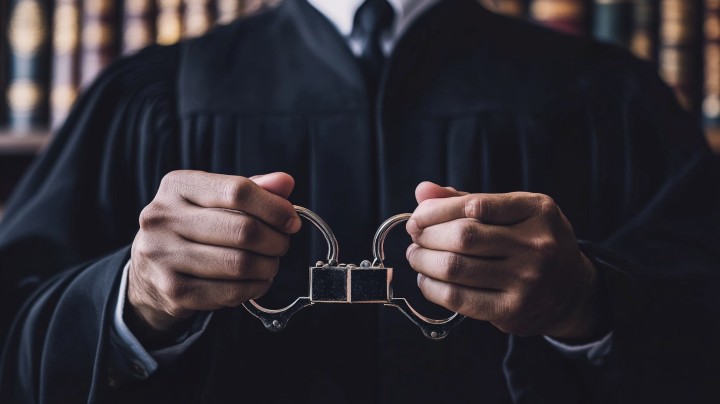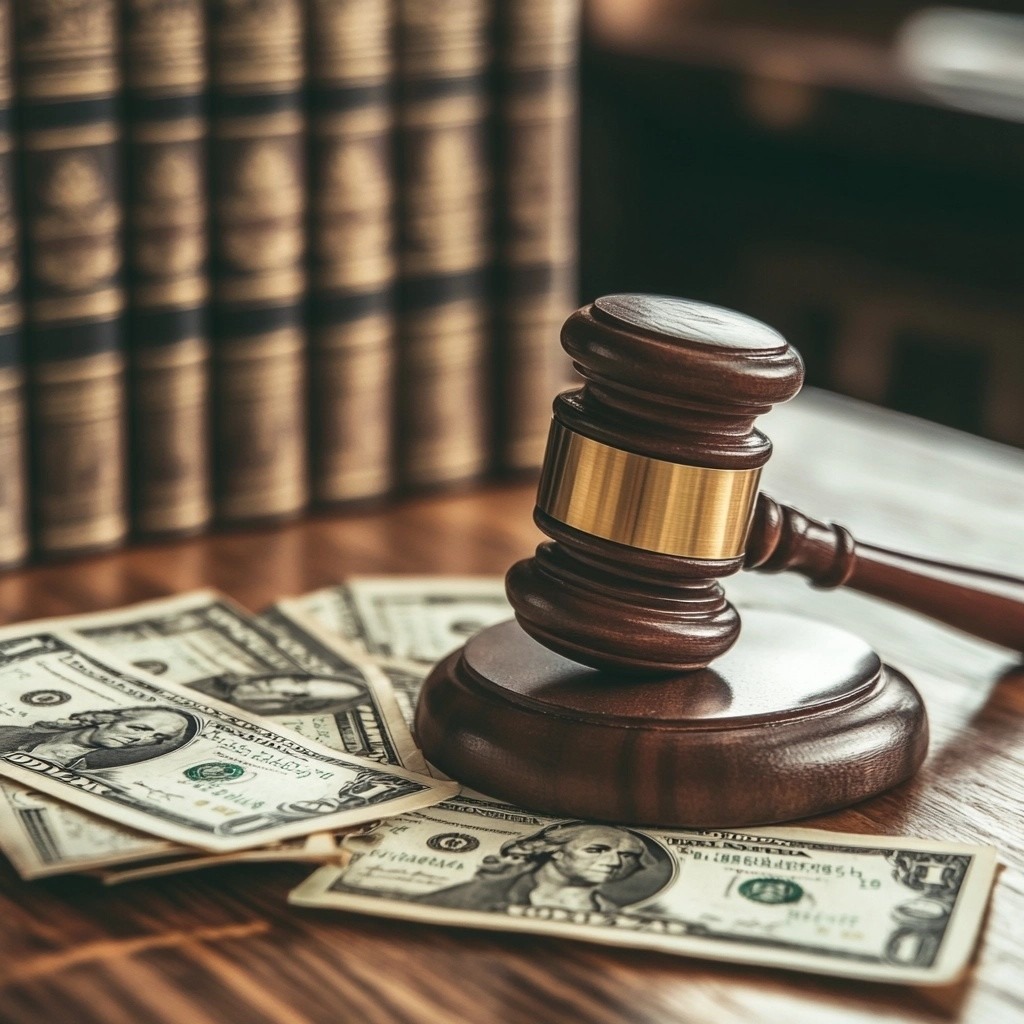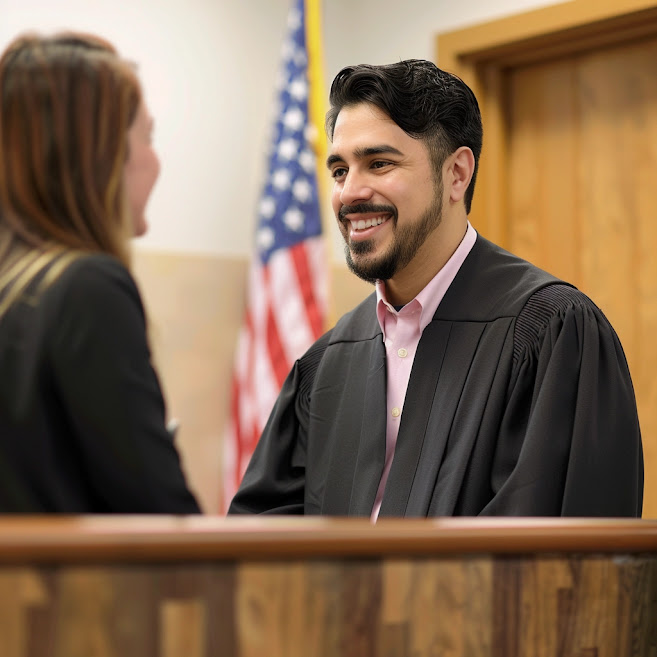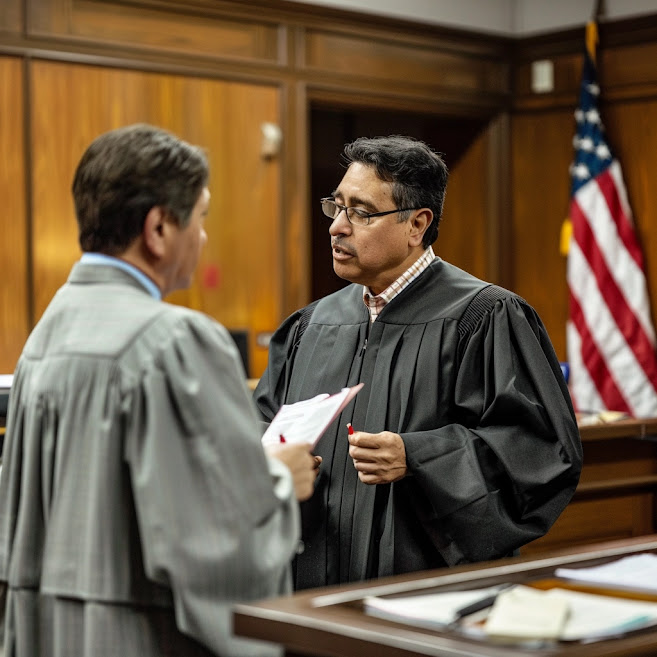Understanding the financial implications of bail bonds is crucial, especially when it comes to knowing whether you can get a refund on bail bond fees in Texas. Here’s what you need to know about the refund policies and how they apply in different scenarios.
Understanding Bail Bond Fees in Texas
Bail bond fees, often referred to as premium payments, are the non-refundable charges paid to a bail bond service for securing the release of a defendant. In Texas, as in most states, these fees are typically set at around 10% of the total bail amount. This fee compensates the bail bond agent for the risk they undertake and the service provided in posting the full bail amount on behalf of the defendant.
The Non-Refundable Nature of Bail Bond Fees
The fundamental aspect to understand about bail bond fees in Texas is that they are non-refundable. Once paid, these fees serve as the bail bond company’s income for the service of posting bail and are not returned, regardless of the outcome of the case—whether the charges are dropped, the case is dismissed, or the defendant is found innocent.
Scenarios Involving Bail Bond Fee Payments
Case Dismissal and Fee Refund
Many individuals wonder if their bail bond fees will be returned if the case is dismissed shortly after the arrest. However, since the bail bond service has already fulfilled its obligation by providing the bail to secure the defendant’s release, the premium is considered earned. This policy holds even if the defendant was only out on bail for a short period before the case was dismissed.
Collateral Return on Bail Bonds
While the bail bond fee itself is non-refundable, any collateral put up by the defendant or their supporters to secure the bond is returnable. Collateral can include property, vehicles, jewelry, or other valuable items and is returned after the conclusion of the court proceedings, assuming all conditions of the bail have been met, including the requirement for the defendant to appear at all scheduled court dates.
Exceptions and Special Considerations
Overpayment and Clerical Errors
In rare instances where there may be an overpayment on the bail bond fee due to a clerical error, the excess amount is refundable. It’s important for those engaging with bail bond services to keep detailed receipts and transaction records to ensure that any discrepancies can be addressed and rectified.
Ethical Practices in the Bail Bond Industry
Reputable bail bond agents in Texas adhere to strict ethical standards and are regulated by state laws that dictate the handling of bail bond fees. Consumers are encouraged to work with well-established, licensed bail bond services to avoid any unethical practices and to ensure transparency in all financial transactions related to bail bonds.
Conclusion
In Texas, bail bond fees are a non-refundable part of the agreement between a defendant (or their representative) and the bail bond company. While the outcome of the case does not influence the refundability of these fees, understanding the conditions and terms of bail bond agreements can help manage expectations and financial planning during the legal process. Always consult with a trusted bail bond service to clarify any questions or concerns regarding bail bond agreements and fee structures.
Secure Your Freedom with Delta Bail Bonds: Texas’ Trusted Bail Bond Agency
When you or a loved one needs assistance with bail in Texas, choose Delta Bail Bonds—the most respected and reliable bail bond agency in the state. At Delta, we understand the urgency and sensitivity required during these challenging times. Our commitment to fast, professional, and confidential service ensures that you receive the support you need without delay.
[ninja_form id=6]









